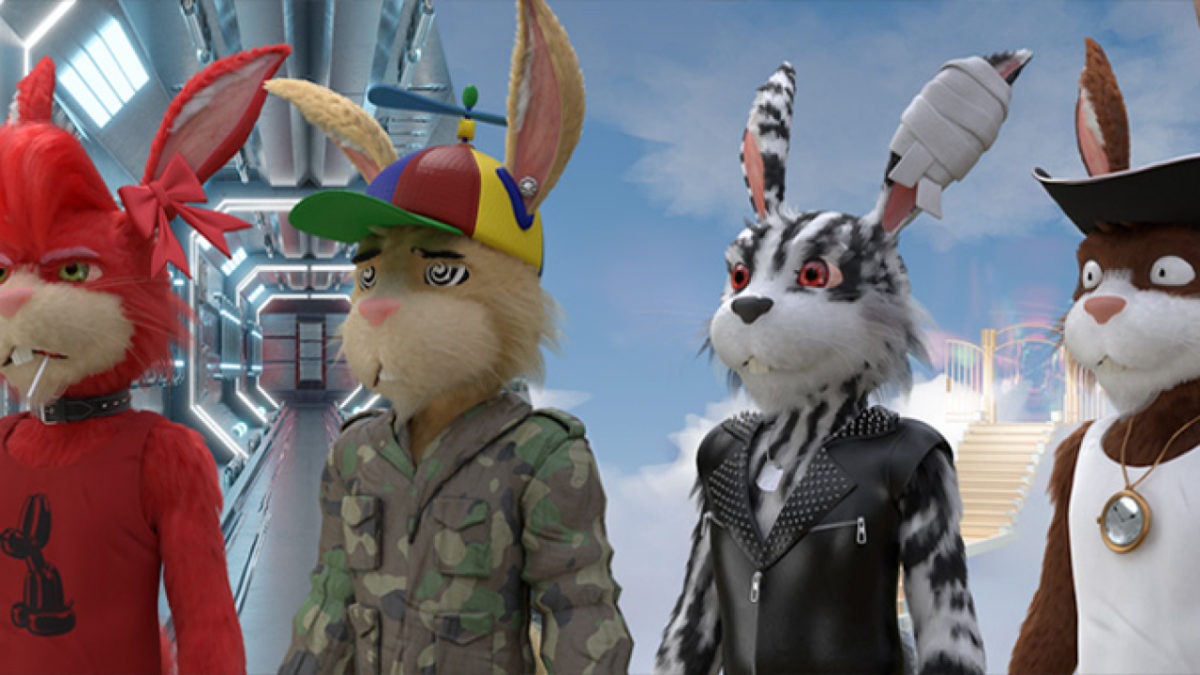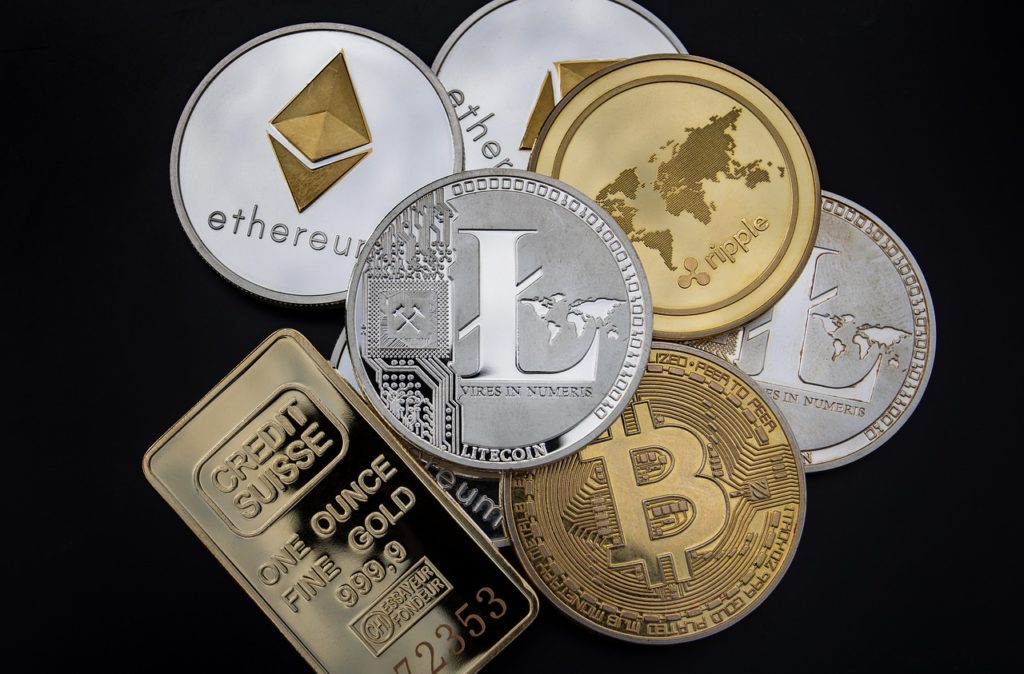A Comprehensive Guide to Autoglyphs NFT
Do you know what Autoglyphs are in NFT?
Change is unavoidable, as we have learned time and time again with each new technological advancement. In the recent decade, several groundbreaking offshoots of modern technology have arrived on the scene around the world. Blockchain and cryptocurrencies, for example, are two prominent examples of how technology causes large-scale changes.
The popularity of NFTs has sparked interest in Autoglyphs NFT, the second project from CryptoPunks’ developers, Larva Labs. Many people who are interested in the NFT realm are curious about Autoglyphs and their unique features. The following discussion provides an overview of Autoglyphs and solutions to numerous common queries about them.
Background Information on Autoglyphs
The definition of Autoglyphs is, of course, the most important aspect of any discussion about them. Before you can answer the question “What is Autoglyphs NFT?” you must first understand that the generative art movement dates back to the 1960s. Generative art entails the creation of a process that, once started, produces a finished piece of art.
Blockchain technology and NFTs, on the other hand, have transformed the way artists create and exchange their work with purchasers. Many on-chain generative art projects have profited handsomely from the NFT market surge, fetching some of the highest prices. In 2019, Autoglyphs NFT became the first on-chain generative art collection, inspiring a slew of new generative art projects.
The first On-chain:
Autoglyphs was created on April 5, 2019, and is the very first on-chain generative art NFT on the Ethereum blockchain created by Larva Labs. There are only 512 Autoglyphs available with a current floor price of 195 ETH at the time of writing this. pic.twitter.com/0Wrcv43EYc— tobezzi (@HanabiPlug) April 26, 2022
What exactly are autoglyphs?
Autoglyphs’ history demonstrates that they are a cutting-edge effort in the realm of on-chain generative art. You must, however, comprehend them beyond a basic explanation of Autoglyphs. Autoglyphs generative art refers to a highly optimized generating algorithm in a technical sense. The algorithm, which is wrapped in an ERC-721 interface, can assist in the creation of a variety of unique works of art.
Later in this talk, you will reflect more on the technical specifics of Autoglyphs. For the time being, Autoglyphs can be thought of as the first Ethereum-based on-chain generating art project. Surprisingly, they provide a completely self-contained framework for making and controlling generative art.
Who Was the Inventor of Autoglyphs?
The on-chain generative art project developers would be another noteworthy feature of any conversation regarding Autoglyphs NFT. Autoglyphs was created by Larva Labs, the same company that created CryptoPunks and Meebits. After CryptoPunks, Autoglyphs is Larva Labs’ second project. Autoglyphs was founded by John Watkinson and Matt Hall, two Canadian software developers who founded Larva Labs.
Surprisingly, the authors of Autoglyphs have created Meebits, an exclusive initiative aimed at gaining access to the metaverse. “Who invented Autoglyphs?” is led by two renowned persons who believe that blockchain will be used to solve a variety of problems in the future. Autoglyphs, in fact, are reliable proof of Larva Labs’ commitment to developing projects that are aligned with future technological standards.
Autoglyphs’ Technical Foundation
The technical underpinning of Autoglyphs is discussed after an overview of their description and the identities and goals of their founders. The Autoglyphs NFT algorithm is a non-fungible token algorithm based on the ERC-721 standard. ERC-721, on the other hand, is focused on controlling ownership of digital assets that are not kept on the blockchain. Autoglyphs, on the other hand, are unique in that the artwork created by the algorithm is included in the contract. As a result, the artwork created by Autoglyphs is stored on the blockchain rather than off-chain.
Autoglyphs was founded in 2019 to assist anyone interested in designing glyphs and storing them on the blockchain. By merging the functionalities of blockchain technology, Autoglyphs is an innovative experiment in the world of generative art. Each Autoglyphs generative art piece is one-of-a-kind and created entirely through code on the Ethereum blockchain. You had to pay the charity group 350.org a 0.2 ETH minting charge when it first launched. The nonprofit organization uses the minting charge to combat climate change and promote clean and renewable energy sources.
How Do Autoglyphs Get Made?
In comparison to previous NFT initiatives, Autoglyphs NFT is one-of-a-kind and revolutionary effort. The introduction of Autoglyphs ushered in a new era of on-chain generative art projects by allowing for the storage of artwork directly on the blockchain. However, many of you surely have reservations about the invention of Autoglyphs.
Also, read – Facebook’s New “Metaverse” And What It Means For You?
To begin, you must understand that Autoglyphs can generate generative art through the use of algorithms. Each artwork is wrapped with an ERC-721 interface that acts as an NFT token and contains the artwork’s original data. As a result, the artwork remains in the smart contract, which then remains on the blockchain, ensuring that the artwork remains on the blockchain indefinitely.
While you may have found intriguing solutions to the question “What are Autoglyphs?” while looking at their work, it’s crucial to pay attention to other details. One of the most appealing aspects of making Autoglyphs is that the algorithm has been built to produce just a limited number of them. It also means you won’t be able to create any more Autoglyphs. As a result, after making 512 Autoglyphs, the art generator has automatically stopped.
Existing Autoglyphs NFT can be purchased on OpenSea and other secondary marketplaces. Autoglyphs’ generating code and their own details are now open to the general public. As a result, Autoglyphs’ transparency offers a potential assurance of security and authenticity in digital artworks. Autoglyphs can confirm the identity of lawful owners while also storing data on the blockchain, thanks to the ERC-721 standard.
Other Autoglyphs-Related Information
The Autoglyphs generative art project’s identity demonstrates the possibilities for generative art in the form of NFTs. If you thought you understood everything there is to know about Autoglyphs, think again. Here are some intriguing facts regarding Autoglyphs that you should be aware of before attempting to use them.
The original code for Autoglyphs NFT generation is small and optimized for Ethereum nodes. Anyone can inspect the code because it is publicly available on the Larva Labs website.
The Autoglyphs can also be rendered in physical form, as Larva Labs uses a CNC plotter for this. As a result, you can get real-life Autoglyph renderings, which you can see on the website. You may make SVGs that are specifically designed for CNC plotters. For access to the capability, users must go to the details page of a certain glyph and establish their ownership.
If you look closely at the design of Autoglyphs NFT generative art, it’s almost ASCII art. For rendering the raw text in the glyphs directly, the developers built a bespoke typeface. You’ll find a wide choice of font weights ranging from 100 to 900, each with a different texture thickness.
Another unique feature of Autoglyphs is that they may be used to create generative music. After cryptographically establishing ownership of the glyphs, owners of Autoglyphs can access this feature through the detail pages of the glyphs. When using numerous glyphs, the feature of turning Autoglyphs NFT into generative music works better.
What Makes Autoglyphs So Unique?
Autoglyphs NFT are a unique experiment in on-chain data that has shown to be successful. The fact that all of the Autoglyphs were sold out within four hours of their release demonstrates how popular they are. Because all 512 Autoglyphs NFT have already been made, you can no longer mint them. 152 different people currently own the 512 Autoglyphs. Autoglyphs can be purchased on OpenSea for a variety of rates based on their rarity. How does this distinguish Autoglyphs from other NFT initiatives like CryptoPunks or CryptoKitties?
Traditional NFTs keep the actual image files in an off-chain database, which is where Autoglyphs shine. Artists must employ a hash-based connection to the image from the blockchain to enable the image file’s location. As a result, the artwork does not benefit from the immutability and decentralization provided by blockchain technology.
From a different angle, anyone might alter, erase, or transfer the original artwork from the area where a blockchain hash points. Autoglyphs NFT improves on this by storing the artwork directly on the blockchain. For Autoglyphs, the developers developed minimal and efficient code that remains on the blockchain.
Owners can, interestingly, request that the blockchain produce the Autoglyphs again, as it does on an end node, at no additional cost. The image data is not included on the blockchain, but the glyphs are represented as ASCII art.
Final Thoughts
The overall impression of Autoglyphs’ generative art projects implies that generative NFT art projects have a bright future. Conventional NFTs, which keep the real artwork in an off-chain database, were challenged by autoglyphs. Using a generative algorithm, the platform allowed users to design and save glyphs on the Ethereum blockchain.
The inventors, however, limited the generative process to only 512 Autoglyphs. Autoglyphs NFT may be found on OpenSea, the most popular NFT marketplace if you want to get one. Autoglyphs has successfully opened new paths for making inspired artworks using blockchain technology. Now is the time to start learning more about Autoglyphs.
Stay informed with daily updates from Blockchain Magazine on Google News. Click here to follow us and mark as favorite: [Blockchain Magazine on Google News].
Get Blockchain Insights In Inbox
Stay ahead of the curve with expert analysis and market updates.
latest from tech
Disclaimer: Any post shared by a third-party agency are sponsored and Blockchain Magazine has no views on any such posts. The views and opinions expressed in this post are those of the clients and do not necessarily reflect the official policy or position of Blockchain Magazine. The information provided in this post is for informational purposes only and should not be considered as financial, investment, or professional advice. Blockchain Magazine does not endorse or promote any specific products, services, or companies mentioned in this posts. Readers are encouraged to conduct their own research and consult with a qualified professional before making any financial decisions. The featured image used is just a creative depiction of the title and it does not intend to hurt sentiments of any person or institution. If it hurts anyone sentiments, please do not hesitate to reach out to Blockchain Magazine.

 Bitcoin
Bitcoin  Ethereum
Ethereum  XRP
XRP  Tether
Tether  Solana
Solana  Dogecoin
Dogecoin  USDC
USDC  Cardano
Cardano  Lido Staked Ether
Lido Staked Ether  TRON
TRON  Chainlink
Chainlink  Avalanche
Avalanche  Wrapped stETH
Wrapped stETH  Stellar
Stellar  Wrapped Bitcoin
Wrapped Bitcoin  Sui
Sui  Hedera
Hedera  Toncoin
Toncoin  Shiba Inu
Shiba Inu  WETH
WETH  Polkadot
Polkadot  Parkcoin
Parkcoin  LEO Token
LEO Token  Bitget Token
Bitget Token  Litecoin
Litecoin  Bitcoin Cash
Bitcoin Cash  Uniswap
Uniswap  Hyperliquid
Hyperliquid  Official Trump
Official Trump  Wrapped eETH
Wrapped eETH  Pepe
Pepe  USDS
USDS  NEAR Protocol
NEAR Protocol  Ethena USDe
Ethena USDe  Aave
Aave  Aptos
Aptos  Internet Computer
Internet Computer  Ondo
Ondo  Ethereum Classic
Ethereum Classic  Monero
Monero  POL (ex-MATIC)
POL (ex-MATIC)  OKB
OKB  Cronos
Cronos  Dai
Dai  Mantle
Mantle  Algorand
Algorand  Render
Render  MANTRA
MANTRA 




